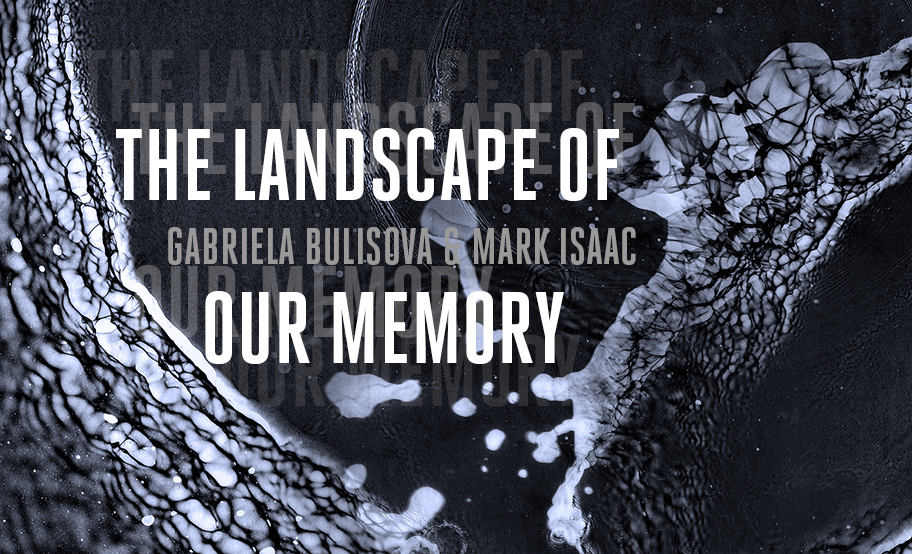Krajobraz Naszej Pamięci / The Landscape of our Memory


Prace artystów sięgają do krajobrazu Holokaustu, aby lepiej zrozumieć, upamiętnić i przetworzyć wydarzenia z okresu II wojny światowej. Trzon projektu stanowią portrety osób zamordowanych podczas rozproszonej Zagłady. Artyści stworzyli obrazy korzystając z dawnej techniki fotograficznej – anthotypii, w której zdjęcia wywoływane są za pomocą materiałów naturalnych.
Do wykonania emulsji światłoczułej wykorzystali zebrane własnoręcznie rośliny i kwiaty rosnące na terenach masowych grobów. Następnie wystawiali obrazy na słońce, oddając pełen czułości hołd straconemu życiu.
Aby upamiętnić ofiary o nieznanych imionach, których fotografie nie zachowały się, artyści użyli analogowego aparatu fotograficznego z okresu II wojny światowej do stworzenia kolaży – portretów „drzew-świadków”, czyli drzew, które rosły na tych terenach w czasie masowych mordów.
Stworzyli również „lumen prints” z ziemi zebranej z tych miejsc oraz „watergrams” z wody z rzek, do których wyrzucano prochy ofiar. Prace łączy prawdopodobieństwo obecności śladów ofiar – w przestrzeni i w obrazach na poziomie molekularnym.
The Landscape of our Memory is an ongoing, long-term artistic project created by artists Gabriela Bulišová and Mark Isaac under the auspices of two Fulbright Scholar grants (2022-23) in Poland. Their joint project addresses the “dispersed Holocaust” or “Holocaust by Bullets” by commemorating the individuals who were killed in or near their hometowns rather than in concentration camps.
The project will be displayed at Galeria -1, Pałac Czapskich between January 19 and Feburary 4, 2024.
The artists’ diverse works draw directly on the landscape of the Holocaust to help better understand, memorialize, and process the events that occurred during World War II. The centerpiece of the project consists of portraits of individuals murdered during the dispersed Holocaust.
To create these images, the artists used the antique “anthotype” technique in which photographs are created from plant material. They gathered plants and flowers growing on the sites of mass graves, created photo-sensitive emulsion, and exposed images in the sun to create loving tributes to a few of the individuals who lost their lives.
In order to memorialize those for whom no name or photograph exists, the artists used a World War II-era analog camera to create complex, collaged portraits of “witness trees,” or trees that were already growing at these sites at the time of the mass killings. They also created “lumen prints” with earth gathered from nearby these sites, and “watergrams” with water from rivers where the ashes of victims were dumped.
These artworks are all linked by the likelihood that traces of the victims still exist in the landscape and may also be literally present at a molecular level in the images.

The Landscape of our Memory
Krajobraz Naszej Pamięci
Gabriela Bulišová, Mark Isaac
Galeria -1, Pałac Czapskich
Akademia Sztuk Pięknych w Warszawie
ul. Krakowskie Przedmieście 5
wernisaż: 18 stycznia 2024
wystawa czynna: 19 stycznia – 04 lutego 2024
wt. – niedz. w godz. 12:00 – 19:00
English
The Czapski Palace
Academy of Fine Arts in Warsaw
Krakowskie Przedmieście 5 Street
opening: January 18th, 2024
exhibition open: January 19 – February 4, 2024
Tuesday – Sunday 12:00 – 19:00